
Urban and Soil Remediation
Urban and Soil Remediation (the action of reversing or stopping environmental damage) and health risk assessment are increasingly required by both industry and property developers as more is understood about risks from contaminated land, and regulations become more stringent.
Remediation of an industrial site may be required when an environmental permit is surrendered, or following an accidental release of pollutants to land. Similarly, it is often required in order to obtain planning permission and develop the site.
Contaminated land projects for planning usually require an initial ground evaluation, followed by a human health risk assessment using an appropriate model e.g. Contaminated Land Exposure Assessment (CLEA) 3, and then remediation and validation where necessary. The CLEA model calculates target concentrations above which the contaminant may pose a risk to human health: essentially they equate to basic remediation clean-up standards. The more vulnerable the future ‘occupants’ of the site, the lower the target concentrations will be.
Remediation can vary from removal of all contaminated materials, through using various chemical and biological treatments for contaminated soil and groundwater, to leaving contamination in place and containing it, or monitoring its dispersion. Timescales can take anything from several days or weeks to several years and costs can be dramatically different depending on the type of techniques used.
According to professional services firm, Pricewaterhouse Coopers (PwC), our future is set to be urban.
They say that:-
- More than half the world’s population already live in urban areas
- 5 million people are added to the global urban population every week
PwC have estimated that $78 trillion will be invested in global infrastructure over the next 10 years to accommodate this growth and major cities like New York, Beijing, Shanghai and London will need $8 trillion in infrastructure investments alone.
So what does this mean for the land needed to support this? Clearly much of the land available for development is brownfield, an Anglo-American term used in urban planning to describe any previously developed land that is not currently in use, whether contaminated or not. In North America, it more specifically describes land previously used for industrial or commercial purposes with known or suspected pollution including soil contamination due to hazardous waste.
Urban regeneration (revitalization in the US) is a common strategic objective for Governments and Cities alike. Take the London 2012 Olympics as a prime example.
The enabling works cleaned up an area of East London which was heavily contaminated as a result of former industrial activity.
Previous uses since Victorian times included landfilling, a soap factory, gas works and a number of heavy industrial operations. It involved demolishing 190 buildings, construction of 30 new bridges and soil washing over 600,000 tons of soil.
Contaminants of most concern included heavy metals (lead, arsenic and chromium), as well as organics (such as fuel oil, tar and bitumen), ammonia and localised chlorinated hydrocarbons.
The tools available to the Environmental Consultant for on-site testing include XRF for metals and the photoionisation detector (PID) for volatile organic compounds (VOC) and hydrocarbons.
Download our Guide: Photoionisation Detection (PID) for Soil Remediation
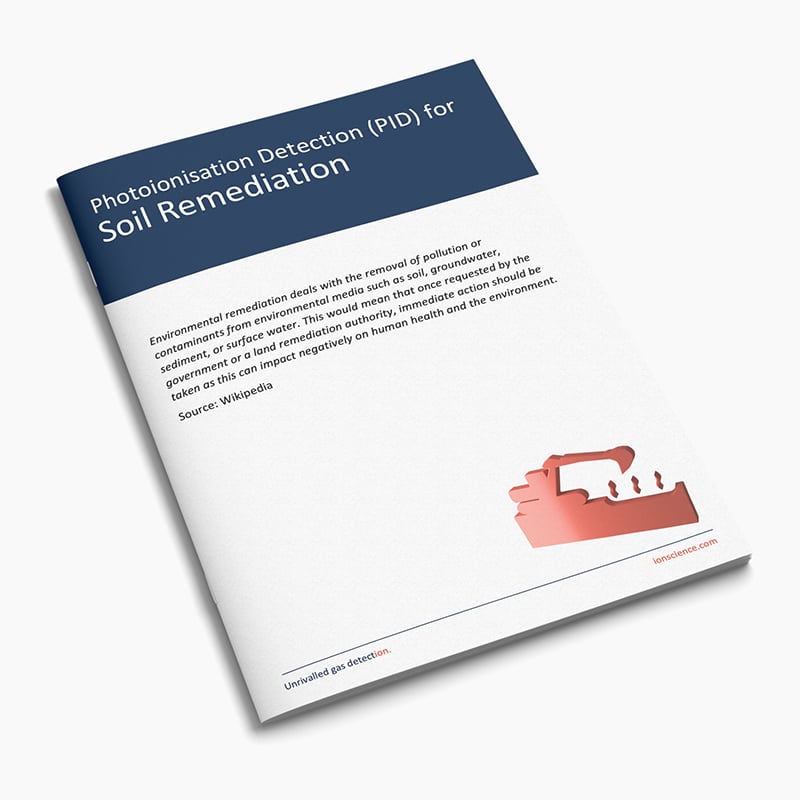


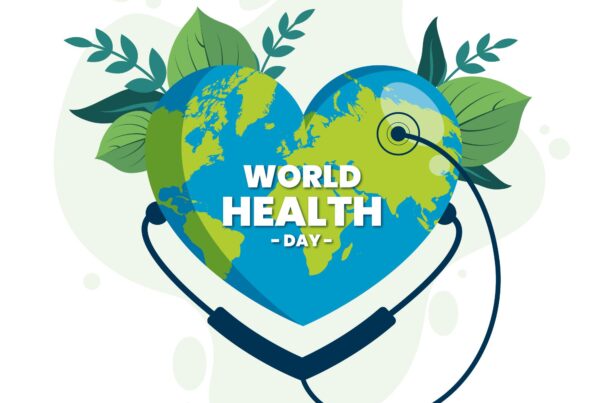

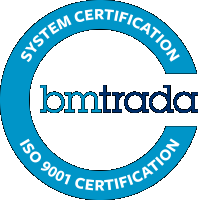
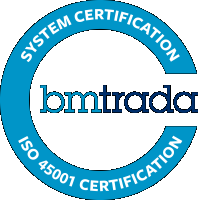
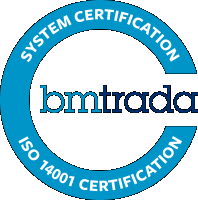
 United Kingdom
United Kingdom





